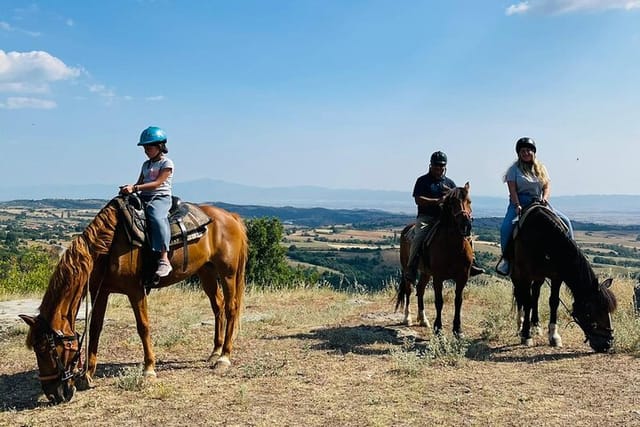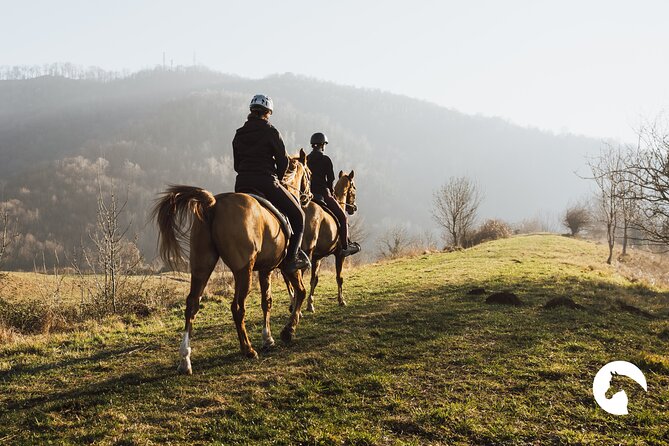Wildlife Viewing Opportunities on Horseback Trails

Exploring nature on horseback offers a unique and immersive way to experience wildlife. Horseback trails often traverse diverse habitats, providing riders with exceptional opportunities to observe animals in their natural environments. This article delves into the best practices, locations, and tips for maximizing wildlife viewing while horseback riding.
Why Choose Horseback Trails for Wildlife Viewing?
Horseback riding allows for a quieter, less intrusive approach compared to motorized vehicles, increasing the chances of spotting elusive wildlife. Horses can navigate narrow paths and rugged terrain, granting access to remote areas where animals thrive.
| Advantages of Horseback Wildlife Viewing |
|---|
| Closer proximity to wildlife |
| Reduced noise disturbance |
| Access to diverse and remote habitats |
| Enhanced sensory experience (sight, sound, smell) |
Popular Horseback Trails Known for Wildlife
Here are some renowned trails celebrated for their abundant wildlife sightings:
| Trail Name | Location | Notable Wildlife |
|---|---|---|
| Yellowstone National Park | Wyoming, USA | Bison, elk, wolves, bears |
| Banff National Park | Alberta, Canada | Moose, deer, mountain goats |
| The Great Smoky Mountains | Tennessee/North Carolina, USA | Black bears, salamanders, deer |
Tips for Successful Wildlife Viewing on Horseback
- Stay Quiet and Patient: Minimize noise to avoid startling animals.
- Use Binoculars: Enhance your viewing experience without disturbing wildlife.
- Ride During Dawn or Dusk: Many animals are more active during these times.
- Respect Wildlife: Maintain a safe distance and never feed animals.
- Follow Trail Guidelines: Stick to designated paths to protect habitats.
Essential Gear for Wildlife Viewing on Horseback
- Binoculars or spotting scopes
- Camera with zoom lens
- Field guidebooks for local fauna
- Appropriate clothing for weather and terrain
- First aid kit
Frequently Asked Questions (FAQ)
Q1: Can beginners enjoy wildlife viewing on horseback?
A1: Absolutely! Many trails offer guided tours suitable for all skill levels.
Q2: What animals are commonly seen on horseback trails?
A2: Depending on the region, riders may see deer, birds, bears, elk, and smaller mammals.
Q3: How can I ensure my safety around wildlife?
A3: Keep a safe distance, avoid sudden movements, and follow your guide’s instructions.
Q4: Are there specific seasons best for wildlife viewing?
A4: Spring and fall are often ideal due to animal activity and weather conditions.
Exploring wildlife on horseback combines adventure with nature appreciation, offering unforgettable experiences for riders of all levels. Whether you’re a seasoned equestrian or a nature enthusiast, horseback trails provide a remarkable way to connect with the wild.
Ready to saddle up and discover the wonders of wildlife on horseback?
